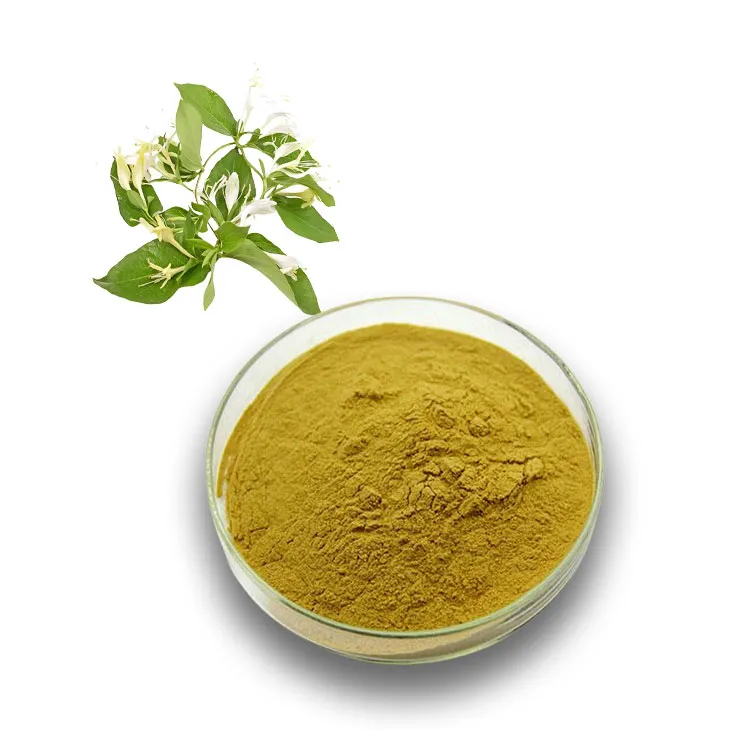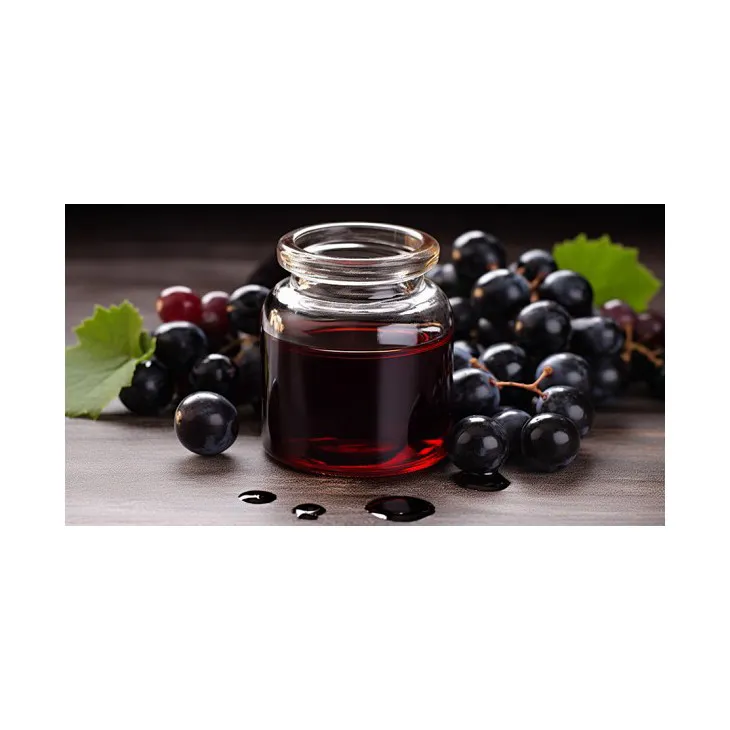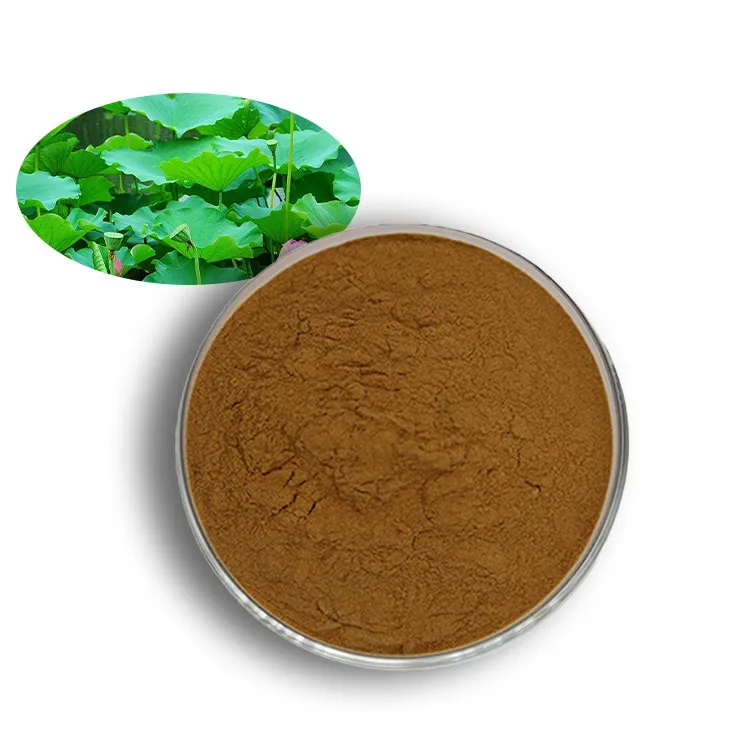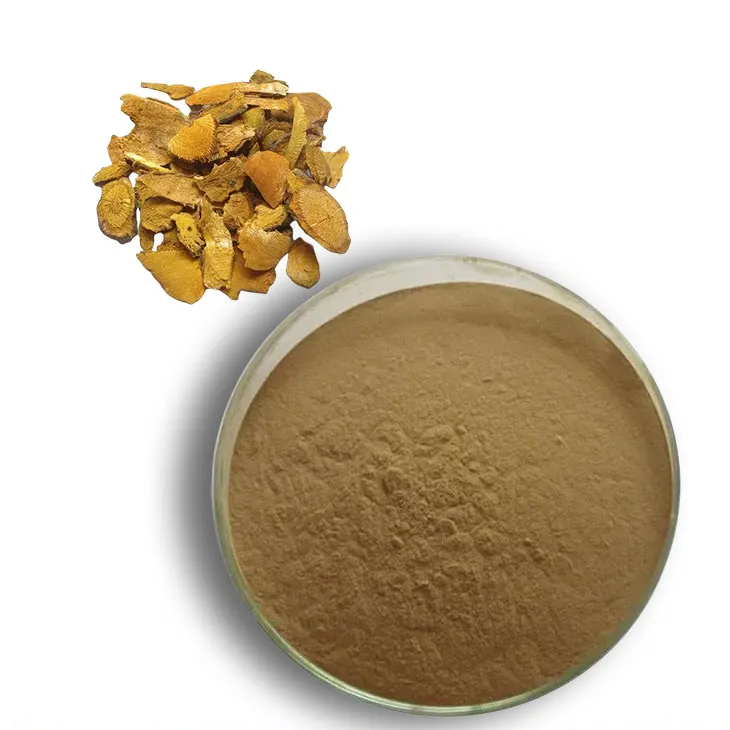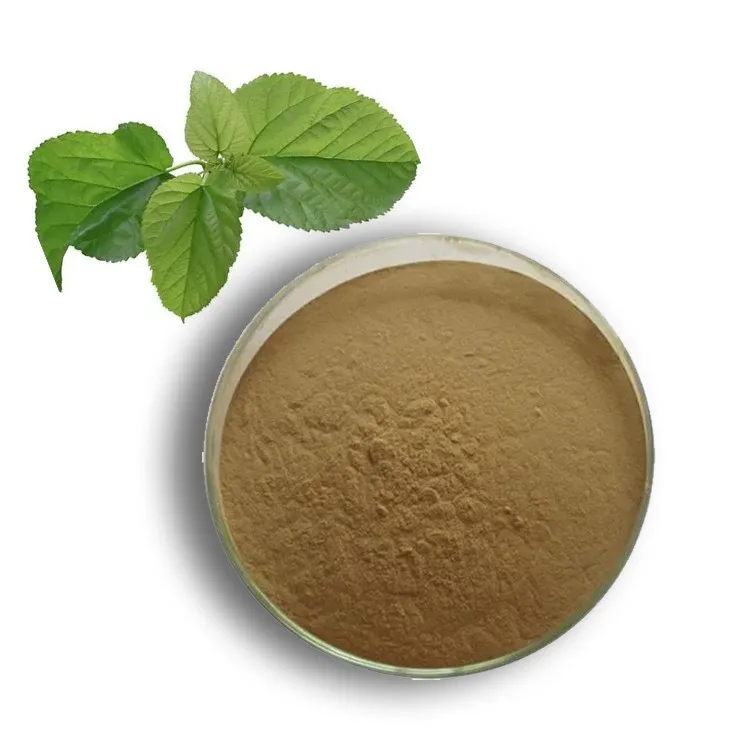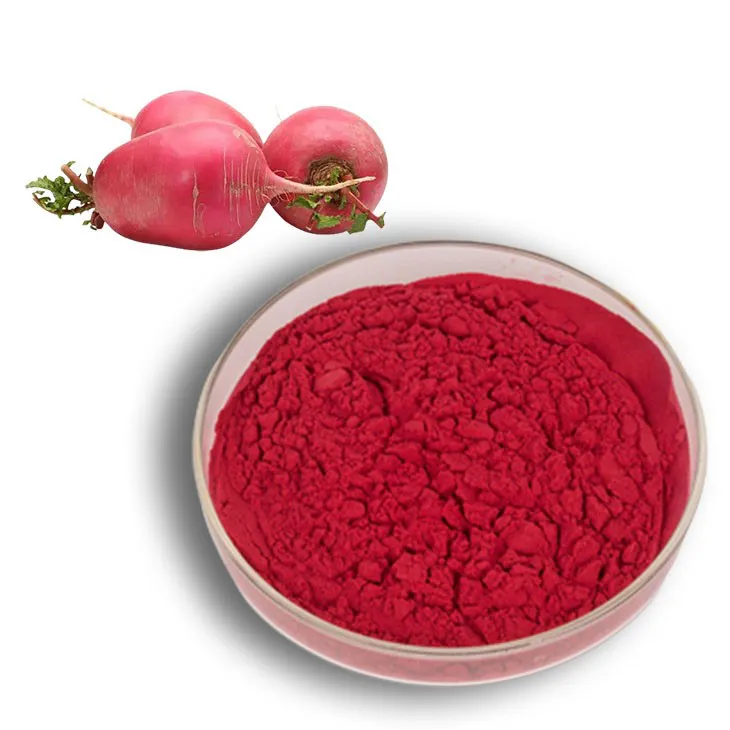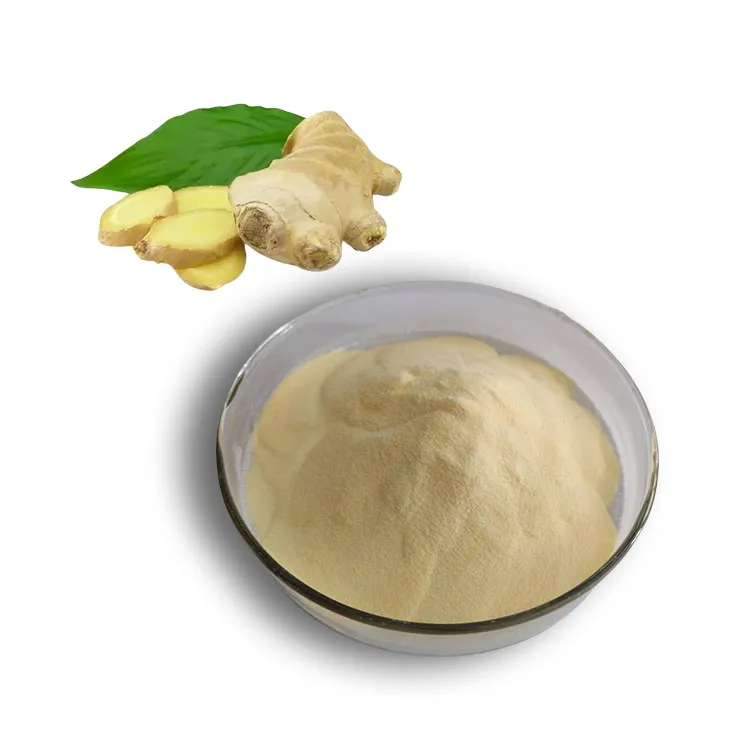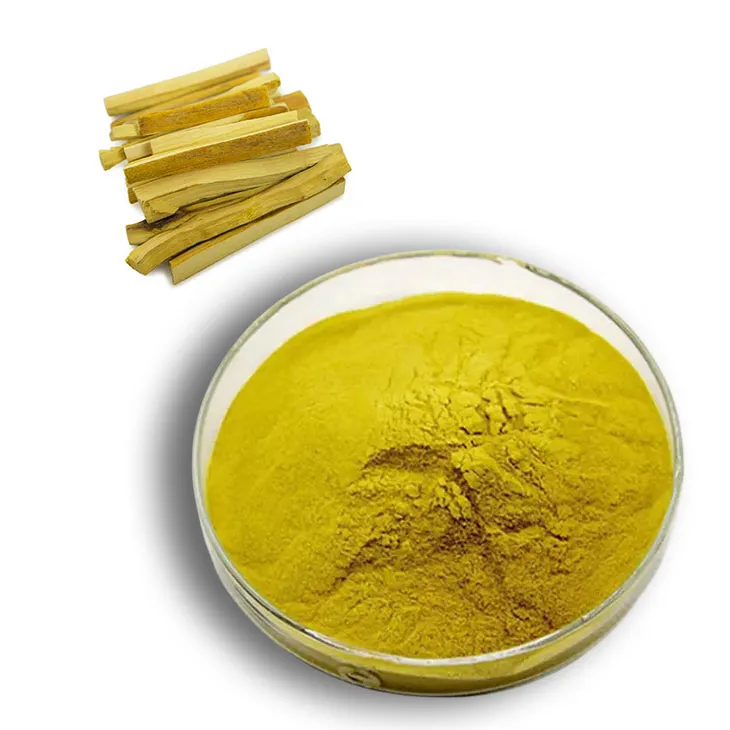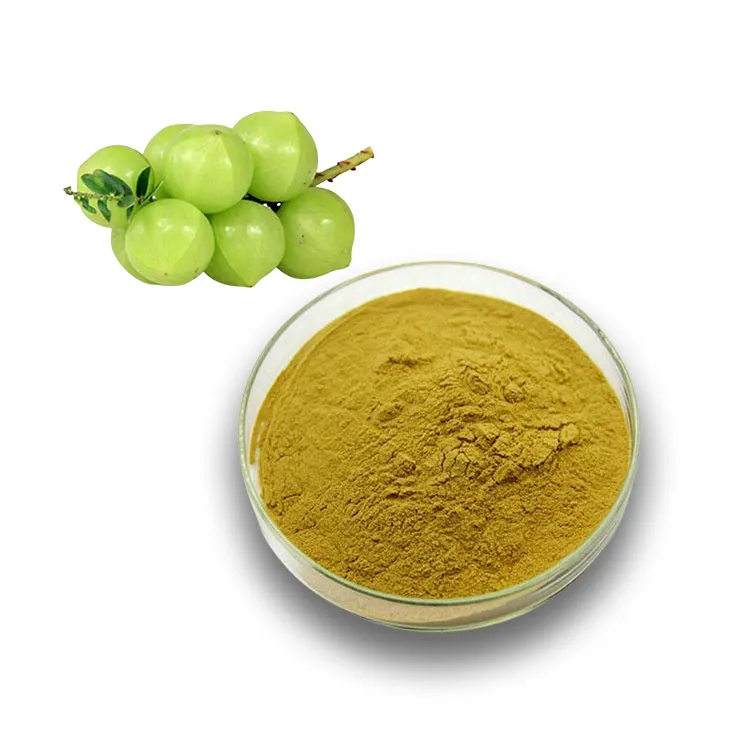- 0086-571-85302990
- sales@greenskybio.com
Which Japanese green tea has most antioxidants?
2025-06-26
Japan is renowned not only for its rich cultural history but also for its diverse varieties of green tea, celebrated for their flavor and health benefits. Among the various types of Japanese green tea, some stand out for their particularly high antioxidant content. Antioxidants are compounds that protect the body from oxidative stress and are linked to numerous health benefits, including reduced inflammation, improved cardiovascular health, and a lower risk of chronic diseases. This article explores which Japanese green tea boasts the highest level of antioxidants and delves into its benefits and unique characteristics.
Understanding Antioxidants in Green Tea
Antioxidants are molecules that inhibit the oxidation of other molecules, thus preventing cell damage. In green tea, these antioxidants are primarily in the form of catechins, of which epigallocatechin gallate (EGCG) is the most potent and widely researched. Japanese green tea is heralded for its abundance of these catechins, attributed to the specific cultivation and processing techniques used in Japan.
Japanese green teas are produced using methods that preserve their natural compounds, enhancing their antioxidant content. These methods include steaming the leaves, which helps retain their nutrients and flavors compared to other processing techniques like roasting or pan-firing used in other regions.
Matcha: The Antioxidant Powerhouse
When discussing Japanese green teas with high antioxidant levels, Matcha surpasses others as a superior choice. Matcha's antioxidant content is remarkably higher due to its unique processing method and consumption style.
1. Cultivation and Harvesting: Matcha is made from shade-grown tea leaves. Several weeks before harvest, the tea plants are covered to avoid direct sunlight. This shading process boosts chlorophyll production, increases the amino acid content, and enhances the catechin concentration in the leaves.
2. Processing: Once harvested, the leaves are steamed, dried, and stone-ground into a fine powder. Unlike other green teas, where the leaves are infused in water and then discarded, Matcha involves consuming the whole tea leaf in powder form, thus providing a higher concentration of antioxidants.
3. Antioxidant Levels: Matcha is exceptionally rich in EGCG, boasting up to three times more than regular green tea. Studies indicate that Matcha can contain over 130 times more catechins than most other types of green tea.
4. Health Benefits: The high levels of antioxidants in Matcha contribute to its numerous health benefits. These include enhanced mental clarity and focus due to L-theanine, improved metabolism supporting weight loss efforts, heightened energy levels with a sustained release, and a robust defense against free radicals, reducing the risk of chronic diseases.
Other Japanese Green Teas with High Antioxidant Content
While Matcha is the frontrunner, several other Japanese green teas also boast high antioxidant levels and offer unique characteristics worth exploring:
1. Sencha: As the most common type of Japanese green tea, Sencha offers a good balance of flavor and health benefits. It is made from whole tea leaves that are rolled, steamed, and dried. Although its antioxidant content is lower than Matcha, Sencha still provides a significant amount of catechins and is rich in Vitamin C, making it a popular daily choice for many tea drinkers.
2. Gyokuro: Similar to Matcha, Gyokuro is a shade-grown tea, enhancing its chlorophyll and catechin levels. Unlike Matcha, Gyokuro is consumed as an infusion of the whole leaves rather than a powder. It provides a sweet, umami flavor and a high concentration of antioxidants and amino acids.
3. Genmaicha: This unique tea consists of green tea leaves blended with roasted brown rice. Although the rice lowers the tea's overall catechin concentration compared to pure green tea, Genmaicha is appreciated for its nutty flavor and remains a good source of antioxidants.
Incorporating Japanese Green Tea into Your Routine
To maximize the benefits of high-antioxidant Japanese green teas, consider the following tips:
- Brewing Techniques: Use water that is hot but not boiling (around 175°F or 80°C) to steep your green tea. This prevents burning the leaves and preserves the delicate antioxidants.
- Matcha Preparation: Whisk Matcha powder with hot water using a bamboo whisk to create a frothy, vibrant green tea. This allows for full leaf consumption and maximum antioxidant intake.
- Regular Consumption: Aim to consume green tea regularly, ideally two to three cups a day, to reap its health benefits.
- Variety: Try different types of Japanese green teas to experience a range of flavors and health benefits, including Sencha and Gyokuro alongside Matcha.
Conclusion
In the spectrum of Japanese green teas, Matcha stands out for its exceptionally high antioxidant content, thanks to its unique cultivation and consumption method. However, other green teas like Sencha, Gyokuro, and Genmaicha also offer significant health benefits and are worth exploring. By incorporating these teas into your daily routine, you can enjoy not only their exquisite flavors but also their numerous health advantages. As with any dietary changes, it is advisable to consume green tea in moderation and consult with a healthcare provider when considering its role in your health regimen, especially if you have specific health conditions or sensitivities.
- ▶ Hesperidin
- ▶ Citrus Bioflavonoids
- ▶ Plant Extract
- ▶ lycopene
- ▶ Diosmin
- ▶ Grape seed extract
- ▶ Sea buckthorn Juice Powder
- ▶ Fruit Juice Powder
- ▶ Hops Extract
- ▶ Artichoke Extract
- ▶ Mushroom extract
- ▶ Astaxanthin
- ▶ Green Tea Extract
- ▶ Curcumin
- ▶ Horse Chestnut Extract
- ▶ Other Product
- ▶ Boswellia Serrata Extract
- ▶ Resveratrol
- ▶ Marigold Extract
- ▶ Grape Leaf Extract
- ▶ New Product
- ▶ Aminolevulinic acid
- ▶ Cranberry Extract
- ▶ Red Yeast Rice
- ▶ Red Wine Extract
-
Honeysuckle Pollen
2025-06-26
-
Red Wine Extract
2025-06-26
-
Lotus leaf extract
2025-06-26
-
Polygonum Cuspidatum Extract
2025-06-26
-
Mulberry leaf Extract
2025-06-26
-
Beetroot Powder
2025-06-26
-
Ginger Extract
2025-06-26
-
Diosmin
2025-06-26
-
Berberis aristata Extract
2025-06-26
-
Phyllanthus Emblica Extract
2025-06-26











